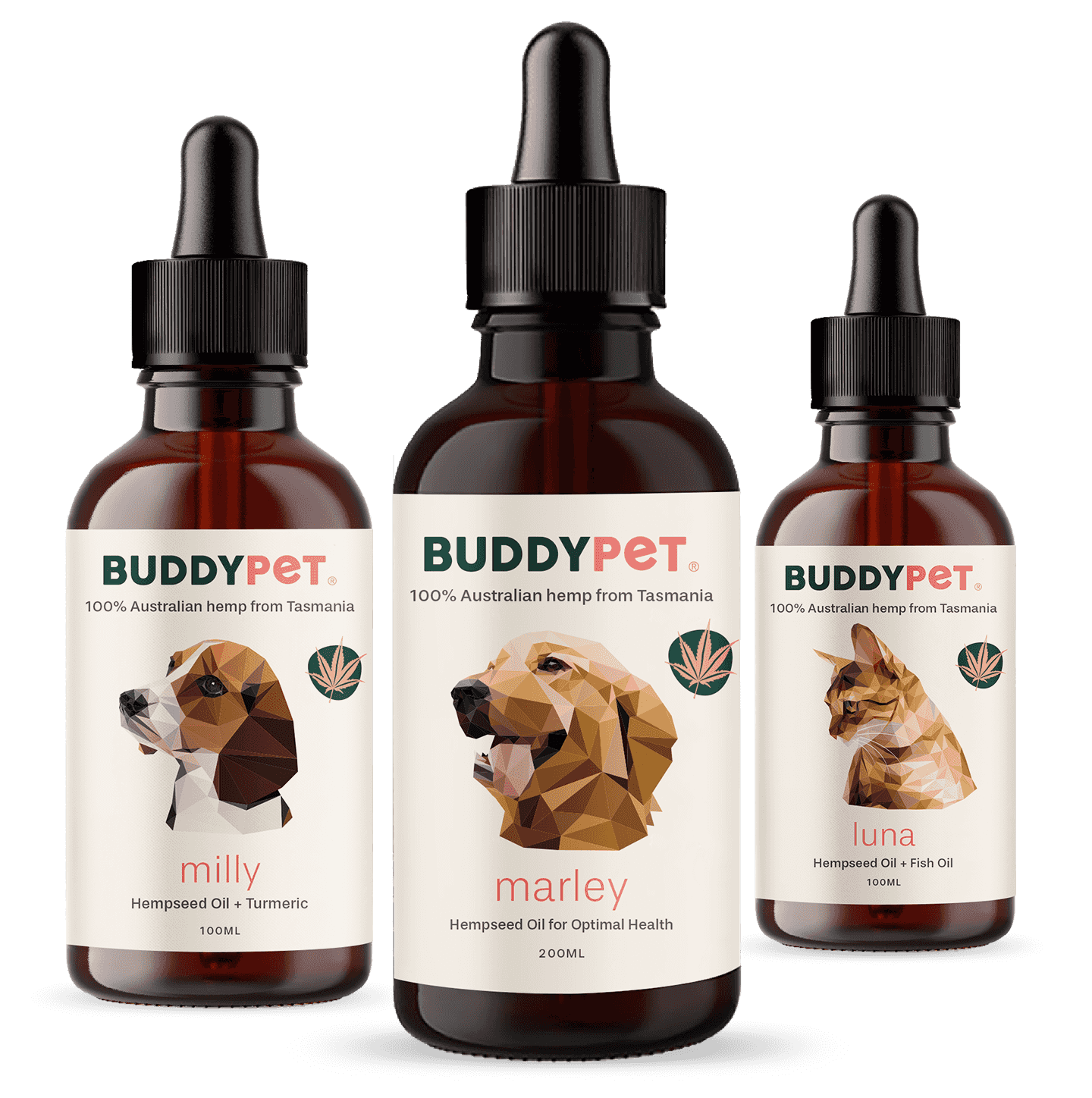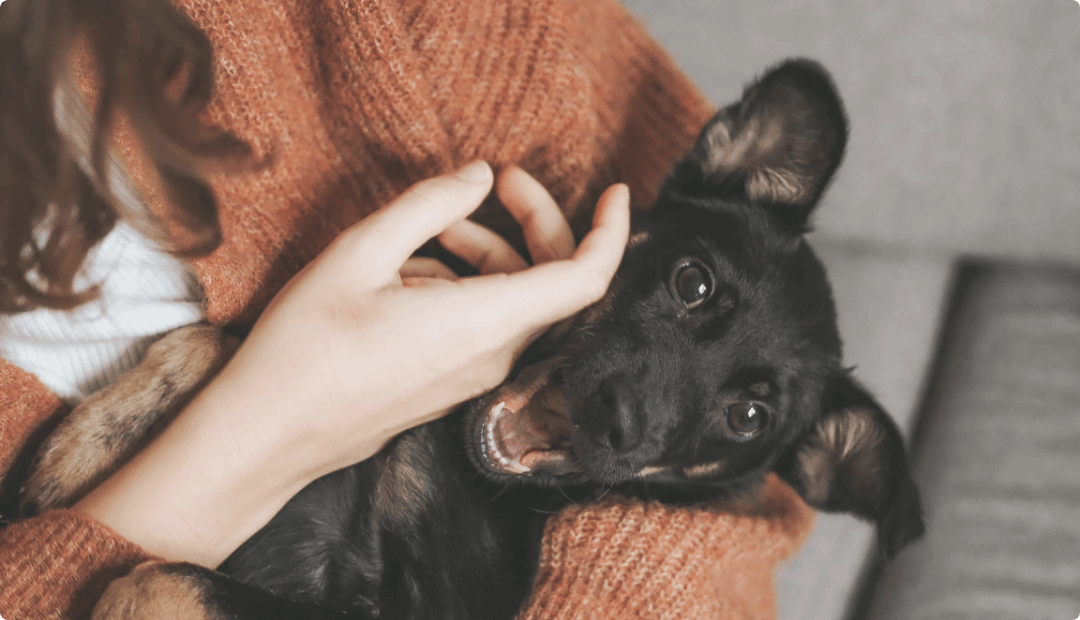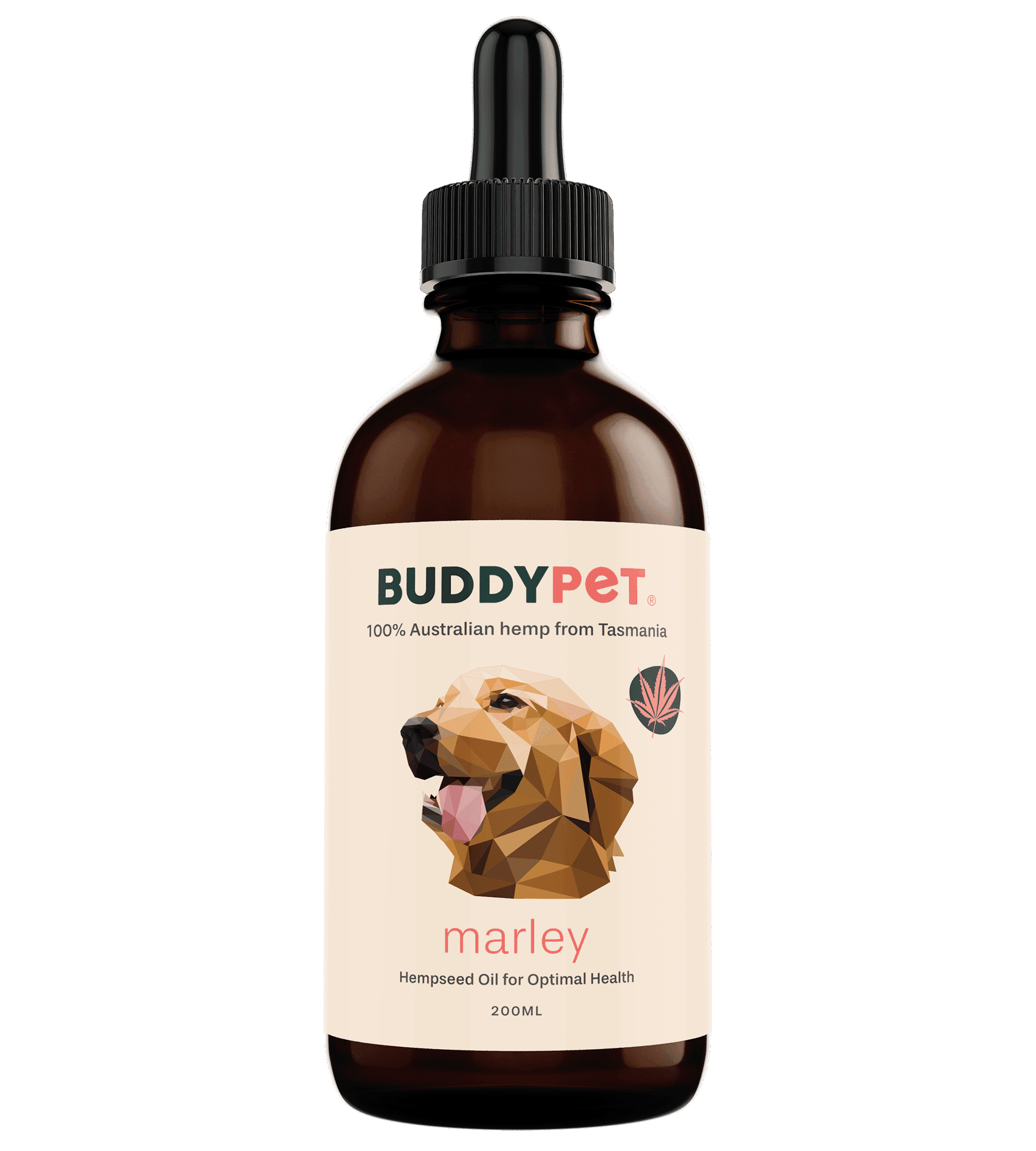Weighing anywhere from 35-90kg (80 to 200 pounds) large dog breeds may look intimidating, but many of these pups are gentle giants. These giant breeds can make great family dogs and loving companions to families that can meet the unique needs of such a large breed.
Common large breed dogs include:
- Mastiff
- Great Dane
- Great Pyrenees
- Newfoundland
- Saint Bernard
- Irish Wolfhound
- Giant Schnauzer
Because of their large size, these pups have demanding exercise, nutrition, and care needed to keep them happy and healthy. Here are ten ways to keep your giant dog breed healthy.
1. Know the Common Health Concerns
Knowing the health conditions your dog is predisposed to can help you take the necessary measures to prevent or help fight against them. It can also help you check for common symptoms to know when to take your pup to the vet.
Common health conditions in giant dog breeds include:
- Hip and elbow dysplasia
- Arthritis
- Cervical spondylomyelopathy (wobbler syndrome)
- Dilated cardiomyopathy
- Hypothyroidism
- Bloat, or gastric dilation and volvulus syndrome (GDV)
- Cherry eye
2. Feed Your Dog a High-Quality, Balanced Diet
Because of their size, your large breed dog will require a lot of healthy, high-quality food to keep their energy levels up and their body functioning properly.
Feeding your dog a well-balanced diet rich in omega-3 and 6 fatty acids can support their hip and joint health, boost their immune system, and promote overall wellness.
Talk to your vet about your dog’s exact calorie and nutrient needs, and they can help you prepare a diet plan that will give your pup all the necessary vitamins and nutrients.
3. Add Joint Health Supplements to Their Daily Routine
Because of their size and weight, giant dog breeds have a lot of pressure put on their joints, and they’re naturally predisposed to hip dysplasia and arthritis. To help support their mobility, minimise inflammation, and promote hip and joint health, consider adding a joint supplement to your dog’s diet.
There are a variety of joint health supplements available. One of them is dietary hemp seed oil like BUDDYPET Marley. Hemp seed oil supplements can help lubricate and strengthen your dog’s joints and repair cartilage. The natural anti-inflammatory properties of hemp seed oil help improve your dog’s mobility, reduce inflammation, and aid arthritis management.
For senior dogs suffering from arthritis, consider BUDDYPET Milly, a delicious blend of hemp seed oil and turmeric. Milly is a potent natural anti-inflammatory and antioxidant supplement that can help support joint health and improve mobility. The antioxidant action of Milly is amplified by combining polyphenols in turmeric (curcumin) with the antioxidant value of Vitamin E in hemp seed oil.
Hemp seed oil reduces inflammation through the action of fatty acids (eicosanoids), while curcumin reduces specific inflammatory chemicals (cytokines). Together, they fight inflammation in the damaged arthritic joints on different pathways.
4. Visit the Vet Regularly
Regular wellness appointments with your vet are the best way to ensure your pup’s health is on track and to catch and treat potential health issues as early as possible.
Regular vet appointments will also keep you on track with your dog’s vaccination schedule and parasite preventatives. Your vet can also answer any questions about proper diet and exercise requirements to keep your large breed healthy.
5. Use a Slow Feeder to Combat Bloat
Large dog breeds are at a greater risk for bloat, a life-threatening condition where the dog’s stomach fills with gas and twists. While vets are still researching the cause of bloat in dogs, it typically happens after a dog has eaten too quickly.
To combat your dog’s risk of bloat, feed their daily meals in a slow feeder. These bowls have maze-like twists and turns that force your dog to slow down while they’re eating. They also make for great mental enrichment.
6. Keep Your Dog at a Healthy Weight
Being overweight puts added pressure on your dog’s joints, making them even more likely to develop hip and joint-related issues.
Talk to your vet about the proper number of calories your dog needs each day, and portion their food accordingly. Daily exercise is also essential to keep your dog at a healthy weight.
7. Provide Plenty of Physical and Mental Stimulation
Though many large breeds are relatively low-energy pups, they still need appropriate physical and mental exercise to stay happy and healthy.
Regular, controlled exercise keeps your dog at a healthy weight and helps to strengthen their muscles, joints, and tendons. This can help fight off arthritis pain and minimise discomfort.
8. Start Training as Soon as Possible
While they may be gentle giants, many large dog breeds don’t know their strength. Starting your dog off with training as soon as possible will help them learn proper manners and how to interact with other dogs and people. This is especially important if your dog will be around other children.
On-lead manners are also key to instill early before they grow into their full size and strength. A 35-90kg dog that pulls on a leash can be difficult to manage and can even cause injuries.
9. Socialize Your Dog as Early and Often as Possible
Socialisation is also important to start with your dog as early as possible. Many large dog breeds were bred as guard dogs, so they are naturally inclined to be wary of strangers and protective of their families.
Socialising your dog to as many different people, environments, and sounds as possible while they are young can help minimise potential anxiety and reactive behaviour later in life.
10. Keep Your Dog’s Nails Groomed
Clipping your dog’s nails isn’t just for looks—it’s an important step to keep your dog healthy.
As your dog’s nails grow, they grow into a curved shape that can eventually become uncomfortable for your dog to walk on, causing them to shift their weight and put additional pressure on their joints.
Keep Your Gentle Giant Happy and Healthy
While large dog breeds may have shorter lifespans, we can make those lives as happy as possible for the precious time that we have with them.
With proper diet, exercise, training, and preventative care, your giant can live a happy, healthy life with minimal aches and pains.




